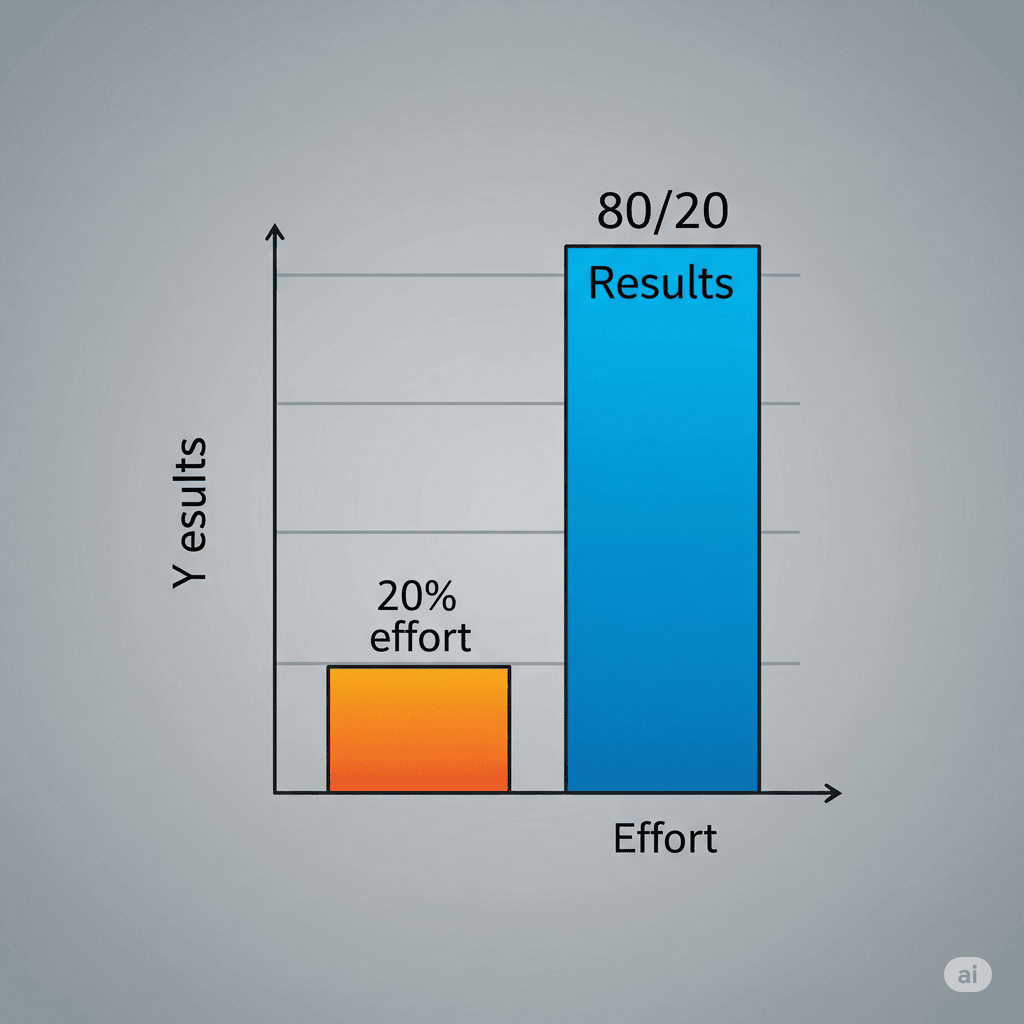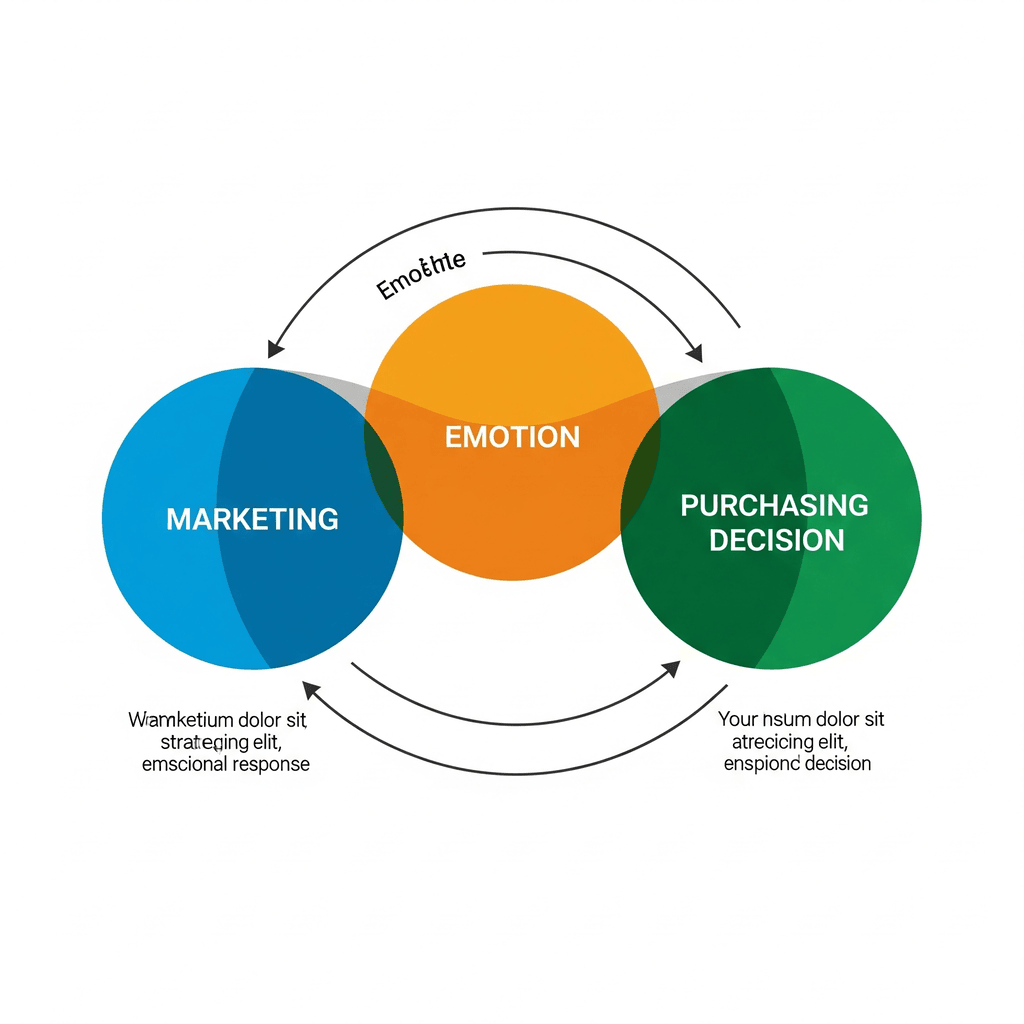Introduction: A Gateway to a New Paradigm in Business
In the business world, many people are stuck in the assumption that success can only be achieved through higher education, long hours of study, or complex strategies. However, the reality is often different. Some of the simplest concepts are, in fact, the most revolutionary catalysts for change. The book “The Personal MBA” debunks various popular myths in the business world and invites us to re-examine the foundations of our daily thoughts and actions.
This article will guide you through the core foundations of the book—specifically, three gems: the power of the 80/20 rule, the role of emotion and the provocation of desire in marketing, and the concept of the end result, which is often underestimated yet is crucial. We will explore what these concepts are and why each one determines the direction of a successful business—and why you will subsequently be hungry to learn how to apply them in the real world.
Unveiling the 80/20 Rule – The Catalyst for Maximum Results
The 80/20 rule, or Pareto Principle, is one of the most powerful principles in modern business. In essence, 80% of results come from only 20% of activities or resources. In the real world, we often see that most sales come from a few customers, or that most problems actually stem from a few causes.
Why is this so important? Because by understanding this rule, you can focus your energy and resources on the areas that truly contribute significantly to your business. The effect is very significant: you can reduce waste and increase ROI instantly. However, there is a dangerous trap: many businesspeople fail to precisely identify their 20% leverage point, thus getting trapped in time-consuming routines.

A systematic framework for identifying and leveraging the 80/20 in business, including the common pitfalls that often trap people, is broken down in detail in a special guide we have prepared at MentorBuku…
Emotion – The Primary Fuel in Purchasing and Marketing
Businesses are often too rational when designing their marketing or product offerings. Yet, research and field experience prove: emotion is the number one factor that drives purchasing decisions. From the desire for status, comfort, and pride, to the desire for acceptance—all are intertwined with emotion.
The importance of provoking desire becomes the ultimate strategy in modern marketing. When you successfully ignite an emotional fire in your audience, your message and product will much more easily penetrate their psychological “walls.”
However, it is futile if you don’t know how to strategically frame a story or message to evoke this emotion. There are specific narrative patterns and emotional triggers that, if applied, can transform ordinary sales pitches into revenue-boosting machines.

Advanced techniques for designing storytelling and emotional triggers in your marketing, complete with concrete examples and copywriting templates, can be found in MentorBuku’s exclusive insights…
The End Result – The Surefire Way to Win Negotiations and Marketing
Instead of discussing product features and advantages, smart businesspeople always talk about the end result—the final outcome desired by the customer. This focus is not only easier for the audience to understand but also far more compelling and persuasive.
For example, a tech company no longer sells “application features,” but rather “the convenience and efficiency it brings to your life.” In negotiations, offering the end result makes it easier for you to close the deal because the other party immediately imagines the concrete benefits for them.
Why is this transformative? Because customers don’t care about the process—they care about the results. The ability to communicate in the language of end results is what separates elite marketers and negotiators from the rest.
However, many fail to distinguish between a true end result and a surface-level benefit. There are special tricks to dig out, formulate, and convey an end result that truly hits the mark.
A complete framework for designing and delivering the end result effectively is in this book and summarized in the exclusive training at MentorBuku…
Education-Based Selling – Turning Offers into Education
One of the most elegant modern marketing strategies is education-based selling, which emphasizes education as the foundation of the entire sales process. Instead of promoting directly, this technique focuses on providing insights, tips, and education to potential customers. The goal is not only to build authority but also to eliminate risk in their decision-making.
Why is this so powerful? Because people are more likely to trust a party that provides benefits and knowledge before asking for something in return. The result is high trust and a dramatically increased closing rate.
However, it requires specific techniques to weave education into a sales storytelling narrative that doesn’t feel forced. One wrong move, and the effect could actually drive prospects away.
All the techniques, scripts, and real-world examples of education-based selling—including how to map the customer’s educational journey—are dissected in our in-depth insights at MentorBuku…
Eliminating Purchase Risk – The Foundation of Modern Consumer Decisions
Today, consumers are much more cautious because the risk of making a wrong purchase feels burdensome and detrimental in terms of time, reputation, and money. Therefore, a smart strategy to accelerate closing is to offer ways to eliminate purchase risk—whether through a guarantee, a trial period, or flexible payment terms.
What is the main reason this technique is so effective? Because the human brain is naturally more inclined to avoid risk than to pursue gain.
However, too many guarantees or empty promises can also backfire, creating an unprofessional impression. Thus, there are specific ways to design a risk elimination approach that genuinely builds trust.
Practical strategies, formulas, and magic words that can erase a prospect’s doubts can be found at MentorBuku…
Conclusion: It’s Time to Apply the Forgotten Fundamentals of Business
The key to success is not advanced knowledge mastered by only a few—but the understanding and application of fundamental principles that are often overlooked. The 80/20 rule, the power of emotion, focusing on the end result, as well as education-based selling and eliminating purchase risk, are the “little sacred texts” that silently drive giant businesses and visionary entrepreneurs.
However, without an execution framework, it all remains pseudo-knowledge. What are the practical steps, the potential pitfalls to avoid, and the ready-to-use strategy formulations? All of that awaits you in a strategic learning platform dedicated to true learners.
Read also : Get Epic Shit Done by Ankur Warikoo
Read also : How to Break Up with Your Phone Chaterine Price
Read also : How to Make Girls Chase by Chase Amante
Read also : Toxic Parents: Overcoming Their Hurtful Legacy and Reclaiming Your Life by Susan Forward
You have just seen the foundation. These concepts are merely the tip of the iceberg of what this book offers. How do you apply them step-by-step, avoid common pitfalls, and integrate them into your strategy? All the answers lie within.
Sign Up and Get Free Access on MentorBuku Now!